
13 minute read
Private schools being over-funded by billions
New research by Save Our Schools (SOS) Australia shows that private schools will be over-funded by $6 billion from 2021 to 2029 under current funding arrangements while public schools will be under-funded by nearly $60 billion. SOS national convenor Trevor Cobbold said that the new figures show that school funding in Australia is heavily biased against public schools. “The Morrison Government has abandoned all pretence at funding private schools according to need and it has washed its hands of ensuring that public schools are fully funded,” he said. “Private schools are lavishly funded while public schools are starved of funds needed to make a difference for the vast majority of disadvantaged students. “The blatant favouring of privilege over disadvantage is unconscionable. Australia has one of the most inequitable education systems in the Organisation for Economic Co-operation and Development. “Achievement gaps between rich and poor are huge because preferential funding of private schools gives them a massive human and material resource advantage.” Mr Cobbold said that private schools will be funded at over 100 per cent of their Schooling Resource Standard (SRS) from 2021 until at least 2029. The sources of the over-funding are: • $2.4 billion from funding at over the
Commonwealth target of 80 per cent of the SRS. • $2.5 billion from funding at over the states’ target of 20 per cent of the
Advertisement
SRS. • $1.2 billion through the
Commonwealth’s Choice and
Accountability slush fund (from 2020). Mr Cobbold said that these figures are based on the government’s own data provided in Senate Estimates and on figures published in the Commonweathstate bilateral funding agreements. “However, this over-funding is just the tip of the iceberg,” he said. “Over-funding is under-estimated because the Direct Measure of Income (DMI) method of calculating the financial need of private schools ignores income provided by grandparents and untaxed capital gains income as well as donations to private schools. “As a result, the financial need of schools is over-estimated and they receive even more funding than warranted. “If other sources of family income and multi-million dollar donations to schools were taken into account, government over-funding would amount to billions more than we have estimated.”
SOS estimates that public schools will be underfunded by $57.9 billion to 2029. Mr Cobbold said that this is the result of the bilateral funding agreements between the Commonwealth and the states.
“The Morrison Government has conspired with state governments through the bilateral funding agreements to underfund public schools indefinitely,” he said. “While private schools will be funded at over 100 per cent of their SRS, the target for public schools is 95 per cent. Even this lower target is a deceit. It is actually only 91 per cent because the agreements allow the states to count some expenditures excluded from the definition of the SRS as part of their target of 75 per cent. “The same accounting trick is not applied to state funding of private schools. They still get more than 100 per cent of their SRS to 2029. It is a stark example of government favouritism of private schools over public schools.” Mr Cobbold said that school funding in Australia must be completely overhauled to re-focus on need.
“The Morrison Government has completed the demolition of the Gonski funding model after years of sabotage by the Abbott and Turnbull governments,” he said. “There is now no option other than to return to the drawing board and design a new funding model to address disadvantage and improve equity in education.”
This article was co-authored by Nicholas Biddle, Professor of Economics and Public Policy, ANU College of Arts and Social Sciences, Australian National University; Emily Banks, Professor of Epidemiology and Public Health, Australian National University; Kathleen Falster, Senior lecturer, UNSW; Mark Hanly, Research Fellow, UNSW and Sandra Eades, Dean, Medical School, Curtin University. It was first published at The Conversation website and is reproduced here with permission.
A large study has, for the first time, shown preschool benefits Indigenous children more than other types of care such as long daycare (childcare) or home-based care.
This is important because while past studies had shown Indigenous children who had attended preschool were more likely to be ready for school, it was unclear whether preschool contributed to better outcomes.
These children might have had better developmental outcomes regardless of their participation in preschool. For example, children who attend preschool are also more likely to live in more advantaged households. This also contributes to better outcomes.
We set out to find whether preschool itself benefited children, and to measure these benefits using real-world data.
Our study of NSW public school children, published in the Journal of Epidemiology and Community Health, shows preschool attendance appears to have developmental benefits for Aboriginal and Torres Strait Islander children, compared with home-based care in the year before school. This is after taking into account differences in children’s socioeconomic and health circumstances.
We classified any type of care that wasn’t preschool or long daycare as homebased care. This can include family daycare and care at home by parents and grandparents.
Although beneficial, Aboriginal children experienced fewer developmental benefits from preschool than non-Aboriginal children in our study. This suggests we need to improve the early childhood education experience of Aboriginal children.
We also found differences in early life circumstances explained much of the developmental gap between Aboriginal and non-Aboriginal children in all types of early childhood education and care.
This highlights the importance of meeting the health and social needs of Aboriginal children and families, alongside early childhood education, to improve early life outcomes for these children.
Why we did our study
One of the seven early Closing the Gap targets was to ensure 95 per cent of Aboriginal and Torres Strait Islander fouryear-olds were enrolled in early childhood education by 2025.
In 2018, the Morrison Government updated the Closing the Gap framework in partnership with Aboriginal peak organisations. There are now two targets related to early childhood education:
• To increase the proportion of
Aboriginal and Torres Strait Islander children enrolled in early childhood education the year before full-time schooling to 95 per cent by 2025.
• To increase the proportion of
Aboriginal and Torres Strait Islander children assessed as developmentally on track in all five domains of the
Australian Early Development Census (AEDC) to 55 per cent by 2031. One assumption underlying these targets is that early childhood education will improve developmental outcomes among Indigenous children. We wanted to find out if preschool is achieving this goal, and to what extent.
We used developmental data for 7,384 Indigenous and 95,104 non-Indigenous public school children who started school in NSW in either 2009 or 2012. The data were collected as part of the AEDC.
It takes place every three years and is based on teachers’ knowledge and observations of the children in their classes.
Children’s development is scored between zero and 10 on each of five key domains of development: physical, social, emotional, language and cognitive, and communication.
Children with scores in the bottom 10 per cent, according to the 2009 AEDC benchmark, are considered developmentally vulnerable. We looked at how many children were developmentally vulnerable on one or more of the five domains.
We combined the developmental data with other population datasets, including birth registrations, midwives and hospital and school enrolment data. This was to understand children’s health, early childhood education and family circumstances.
We looked at whether children had attended a preschool program, a long daycare centre (without a preschool program) or home-based care in the year before full-time schooling.
Our findings
Overall, across the two school starter cohorts, 71 per cent of Indigenous children and 74 per cent of non-
Indigenous children attended preschool in the year before full-time school.
The majority of Indigenous (64 per cent) and non-Indigenous children (80 per cent) were not developmentally vulnerable on any of the domains assessed.
Among Indigenous children, 33 per cent who had attended preschool and 44 per cent who had attended home-based care were vulnerable on one or more domains. The figures for non-Indigenous children were 17 per cent and 33 per cent of those who attended preschool and home-based care, respectively.
There were substantial developmental gaps between Indigenous and nonIndigenous children in all types of early childhood education and care. Among children in preschool, Indigenous children were almost twice as likely as nonIndigenous children to be developmentally vulnerable at the age of five.
Our modelling shows a beneficial effect of preschool in both Indigenous and nonIndigenous children — which was larger in non-Indigenous children.
After taking into account the differences in children’s early life circumstances, the risk of developmental vulnerability was six percentage points lower for non-Indigenous children who attended preschool than those in home-based care. It was three percentage points lower for Indigenous children who attended preschool compared with those in homebased care.
Children in home-based care had the highest risk of developmental vulnerability. For non-Indigenous children, there was a lower risk for long daycare compared to home-based care. However, we found there were no benefits of long daycare without a preschool program for Indigenous children. This highlights the type of early childhood education and care matters.

What does all this mean?
Preschool is an important part of the ongoing strategy to ensure Aboriginal and Torres Strait Islander children start fulltime schooling ready to achieve their full potential.
Our findings reinforce the importance of the new Closing the Gap partnership with Aboriginal peak organisations to ensure Aboriginal leaders and communities are integrally involved in using data to understand, and respond to, the needs of their children and families.
This includes strategies to increase participation in preschool. We have shown this has benefits for Aboriginal children. It also highlights the need to invest in quality, culturally appropriate preschool for Indigenous children, as Indigenous children did not seem to benefit as much as non-Indigenous children from preschool.
Differences in their early life circumstances explained much of the gap in developmental vulnerability between Indigenous and non-Indigenous children. This suggests investments in early childhood education and care need to be considered alongside health and social services to improve the early life circumstances of Indigenous children.
A final point worth emphasising is that most Indigenous children are not developmentally vulnerable when they enter full-time schooling. This highlights areas of strength that future policies can draw upon.
This research would not be possible without governments facilitating access to, and links of, administrative datasets, and the ongoing contribution of Aboriginal and Torres Strait Islander families to data collection in Australia.
COMPLIMENTARY INITIAL CONSULTATION

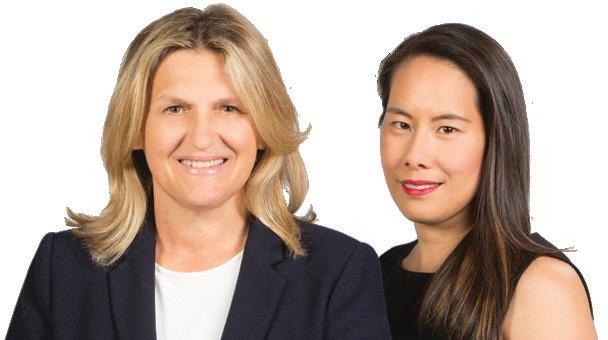
(08) 9322 1882 | lifefinancialplanners.com
Members Special $1,200 OFF Statement of Advice Fee
Let Marijana, Mei & the Team help you take control of your financial future
We can help you: • Plan to start your family • Manage your cash flow • Own your own home sooner • Grow your wealth • Redundancy or inheritance • Transition to Retirement (TTR) • Plan for your retirement • Protect you and your family in the event of illness or death • Protect your income
ABN 76 111 112 111 ASFL 296 182
3 times National Finalists – Independent Financial Adviser (IFA) Excellence Awards – Best Client Servicing Company
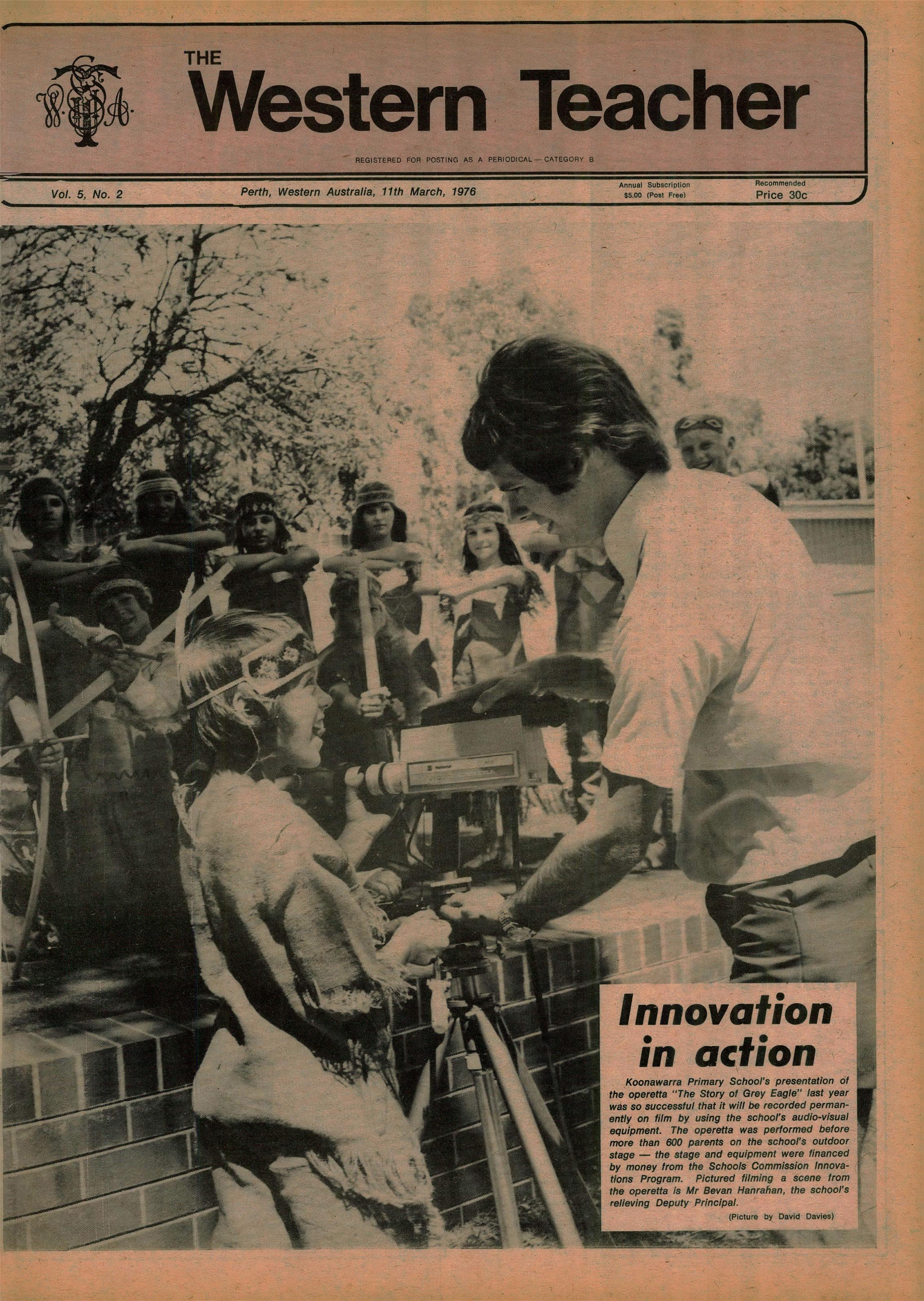
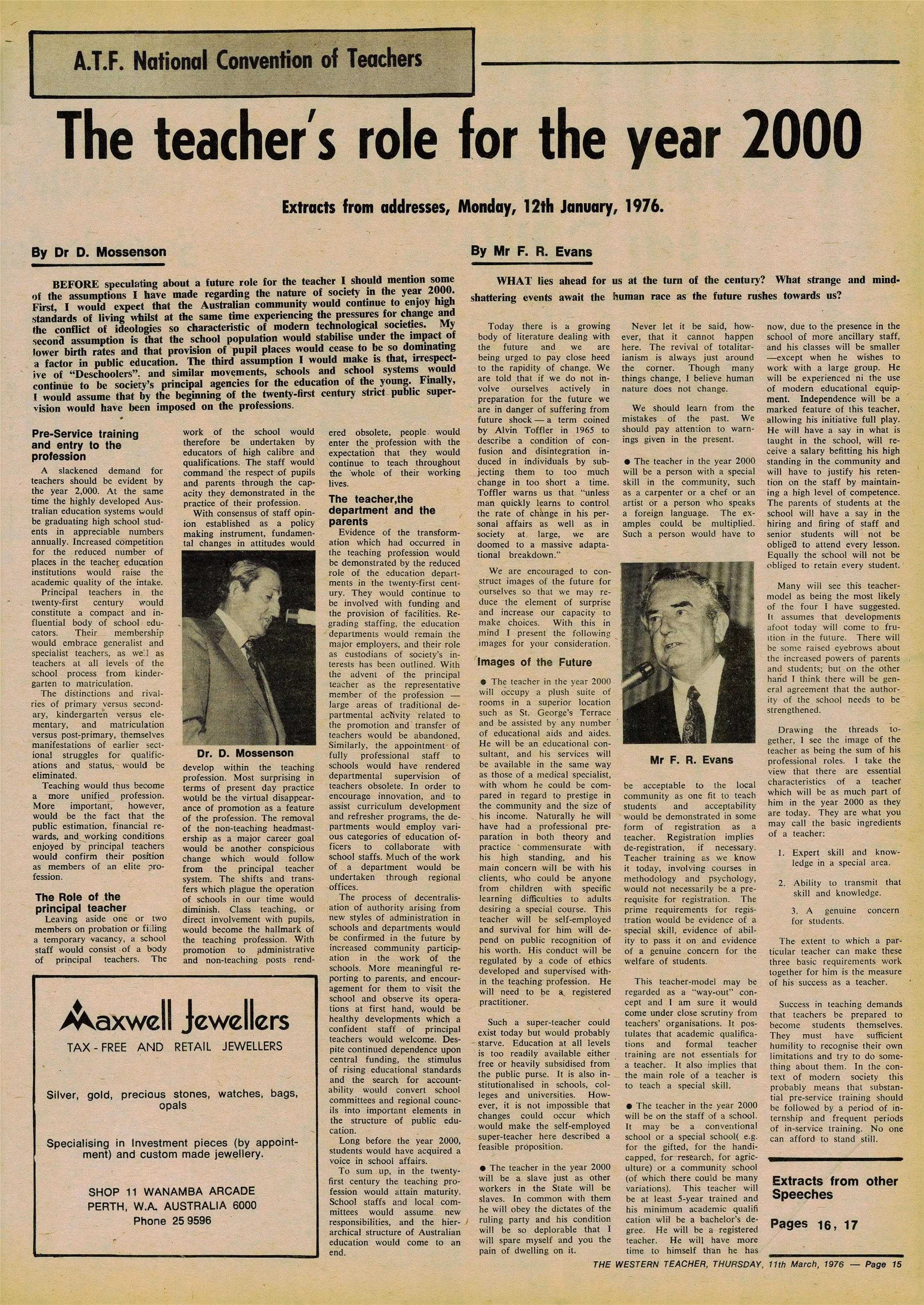
School banking programs in spotlight
The Australian Securities and Investments Commission (ASIC) has conducted a review of school banking programs to determine their benefits and risks.
ASIC sought to identify why banks, schools and students engaged with these programs, whether banks assessed the impact of their programs on students’ savings habits and analysed the long-term impact on children of marketing through these programs. The review’s key findings were as follows: • School banking programs claim to help children develop long term savings habits; however, providers were unable to demonstrate that these programs in and of themselves improved savings behaviour. • Payments to schools for implementing school banking programs incentivised schools to encourage greater participation in the programs. • Young children are vulnerable consumers and are exposed to sophisticated advertising and marketing tactics by school banking program providers. • School banking program providers fail to effectively disclose that a strategic objective of these programs is customer acquisition. ASIC regulates the deposit accounts which must be opened in order for a student to participate in these programs.
The authorised deposit-taking institutions that issue these deposit accounts must comply with their Australian financial services licence obligations, including the requirement to provide financial services efficiently, honestly and fairly.
One of ASIC’s core statutory functions is to promote confident and informed participation of consumers in the financial system.
School banking programs facilitate the establishment of bank accounts for students. These programs support arrangements for students to make ongoing deposits into those accounts at school.
ASIC is aware that a number of banks and other financial institutions also offer financial literacy education programs to schools, which are designed to build understanding of key financial concepts.
As these programs are not promoting a financial product, they were not captured in the ASIC review.
To conduct the review, ASIC: • Engaged with school banking program providers to understand how their programs operate and analysed documents obtained from providers to understand how school banking programs are measured and evaluated.
• Engaged a consumer researcher to undertake qualitative and quantitative consumer research with school authorities, parents, and current and former students, to understand their experiences and expectations of school banking programs.
• Procured academic research, to better understand the impact on children that marketing through these programs has.
• Undertook a public consultation process seeking responses to questions on school banking programs. It received over 1,200 responses and submissions from individuals and organisations.
• Consulted state and territory education authorities to understand existing school banking programs policies and practices.
A literature review on the impact of marketing to young people was also commissioned.
Winston a worthy future teacher prospect
The SSTUWA would like to extend its congratulations to former Lesmurdie Senior High School student Winston Middleton, the recipient of the school’s Future Teacher Award for 2020.
Winston is pictured, standing left, with Lesmurdie SHS the arts head of learning area Boby Markovic.
The award, sponsored by the SSTUWA, is presented to a Lesmurdie SHS student who demonstrates a passion for teaching and desire to pursue a career in education and union involvement.
Winston, who completed Year 12 last year, has an ambition to become a secondary school teacher and has demonstrated leadership skills, actively seeks feedback to improve his results and continually strives to achieve his very best. The attributes he has displayed during his time as a student at Lesmurdie SHS will no doubt make him an outstanding teacher.
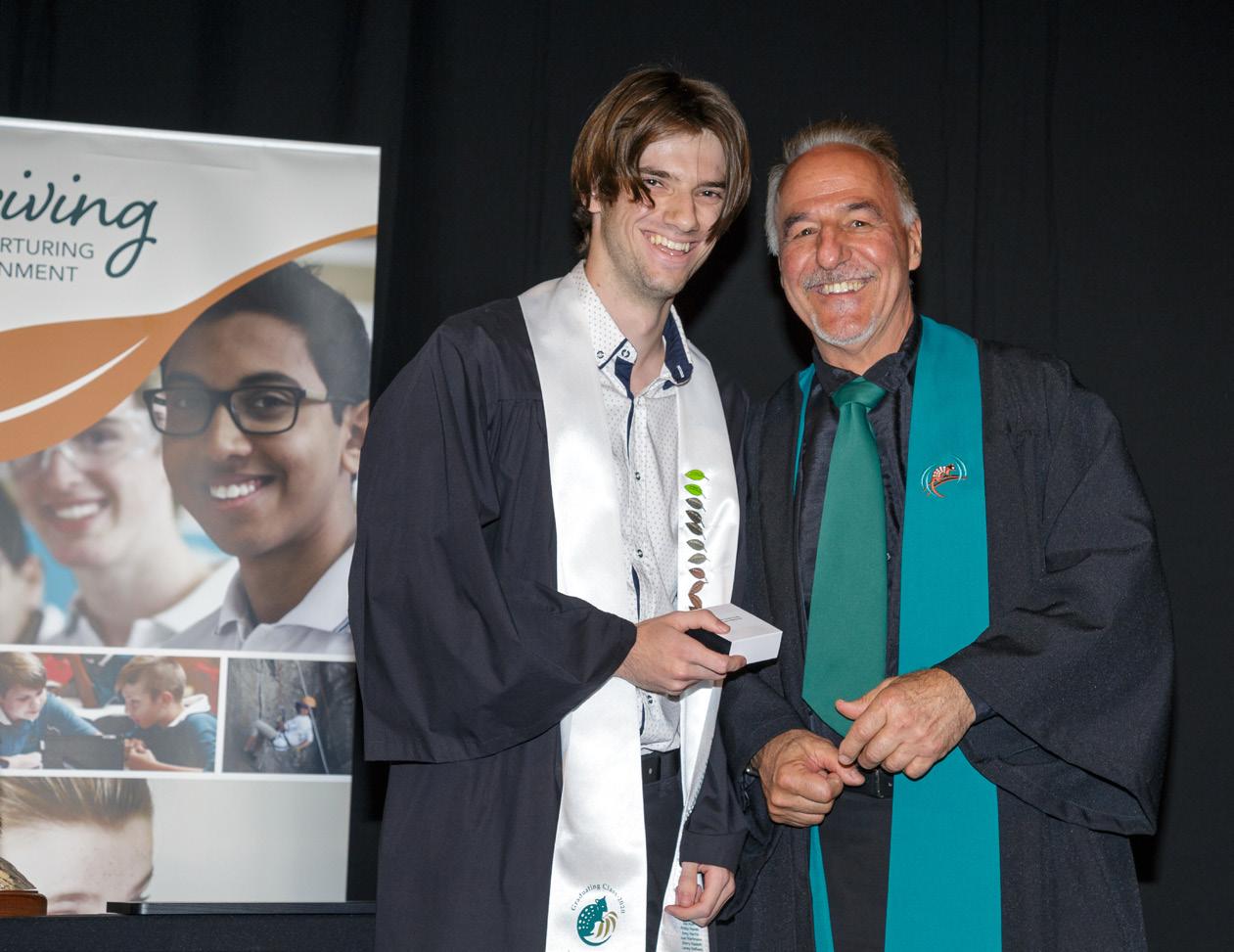


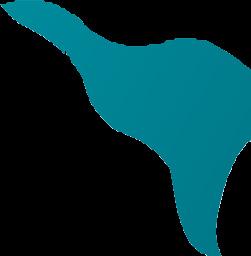
Call for 2021 nominations
Rosemary RichardsScholarship
Rosemary Richards was a proud feminist, unionist and educator. A trailblazing leader, she was committed to advancing gender equality across the AEU. In her memory, the Rosemary Richards Scholarship continues her legacy by building the capacity of women as activist and leaders.
This is an opportunity for an AEU woman member with an idea for an innovative project, research or study experience that will increase her skills and experience in the union’s work at state/territory, national or international level. By extension, it should also support the AEU’s women members. The Scholarship is valued at $10,000 and is intended to cover all project expenses including, but not limited to, travel, attendance at conferences, workplace visits, training and developmental opportunities, work-shadowing, research, project design and implementation.
All women AEU Branch or Associated Body members are strongly encouraged to apply. Contact your local Women’s Officer for more information. For more information and application forms visit sstuwa.org.au/scholarships
The submission deadline for application forms is 4pm Friday, 7 May 2021.








